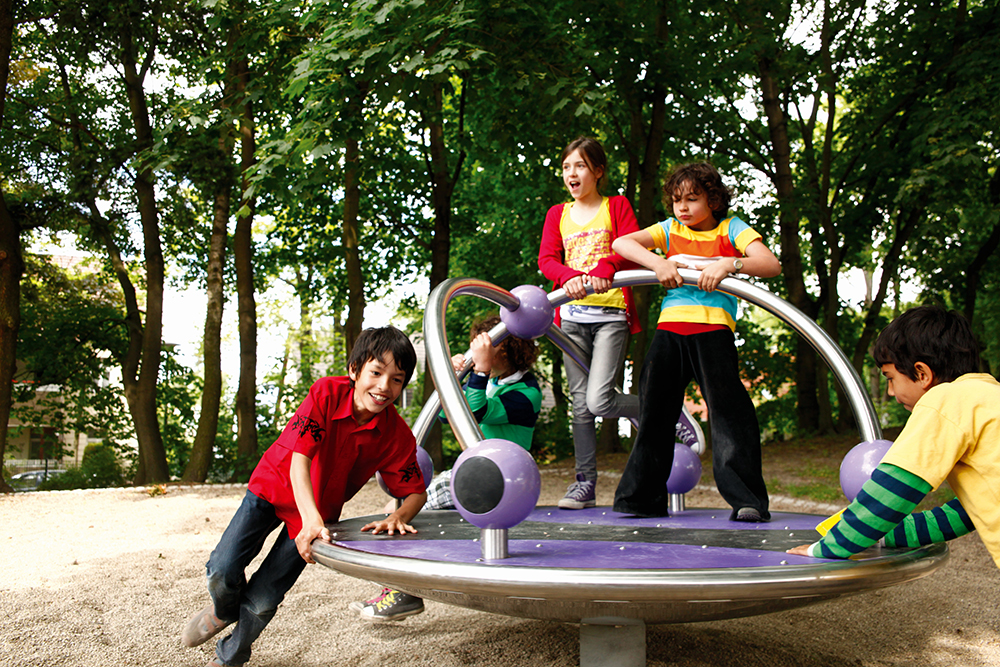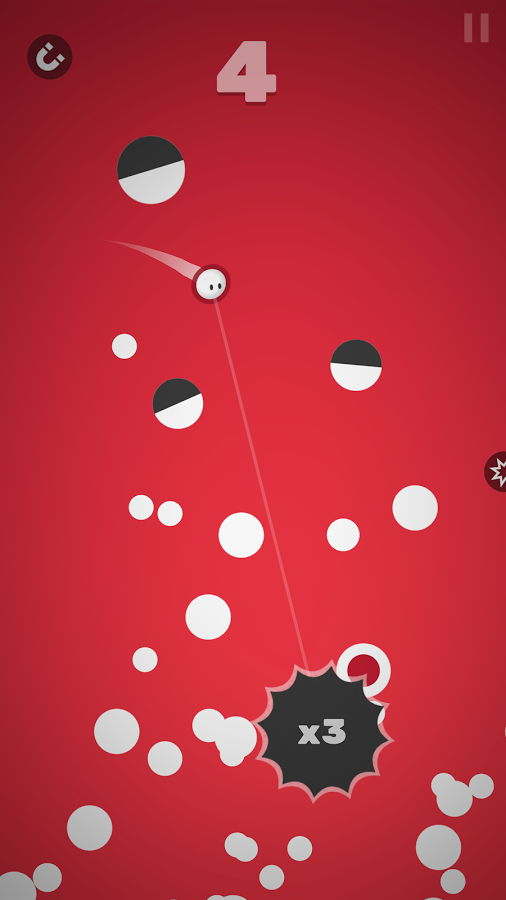

- #CIRCLE LEAP DOWNLOAD HOW TO#
- #CIRCLE LEAP DOWNLOAD CODE#
- #CIRCLE LEAP DOWNLOAD TRIAL#
- #CIRCLE LEAP DOWNLOAD DOWNLOAD#
The The way these values are calculated are by looking at where the palm and finger positions are relative to a "movement disk" that represents the virtual joystick. The job of the VirtualJoystick3D class is to translate a provided palm and finger position to a forward vector magnitude, a right vector magnitude, and a turn rate. The intended use is that the UpdateHandLocations() function would first be called (for example from the character's Tick() function), and the the getter methods would be used to retrieve these updated palm and finger locations. As the Leap hand tracking improves this can be changed.

#CIRCLE LEAP DOWNLOAD TRIAL#
NOTE: for now the LeapInputReader only returns the finger positions of the middle fingers since through trial and error those were the most stable and useable. The LeapInputReader will also draw the most minimal representation of the hand (just lines connecting the palm location to the fingertip locations), although this is optional so that another representation could be used instead (for example a proper skeletal mesh animation). The job of the LeapInputReader class is simply to read the raw palm and finger coordinates provided by the Leap Controller, and then translate those to Unreal position vectors (both in world space an also relative to the character). The implementation was thus divided into two classes: C++ Class Design and ImplementationĪlthough the provided example uses the Leap Motion controller as input for the 3D virtual joystick, the idea was to decouple the implementation so in the future other hand tracking technologies could be substituted for the Leap Motion. The actual virtual joystick implementation only involves 2 classes (LeapInputReader and VirtualJoystick3D), which are described below. That's it! The virtual joystick implementation is intended to be simple and minimalist and yet very effective as an actually usable Leap-based control system. TurnAtRate(VirtualJoystick->GetTurnRate()) MoveRight(VirtualJoystick->GetRightMovement()) MoveForward(VirtualJoystick->GetForwardMovement()) VirtualJoystick->CalculateMovementFromHandLocation(MovementHandPalmLocation_CharacterSpace, MovementHandFingerLocation_CharacterSpace)
#CIRCLE LEAP DOWNLOAD CODE#
Once the Leap::Controller class is available, the virtual joystick can be implemented by just adding a few lines of code to the character's BeginPlay() and Tick() functions as in the below example:įVector MovementHandPalmLocation_CharacterSpace = LeapInput->GetLeftPalmLocation_CharacterSpace() įVector MovementHandFingerLocation_CharacterSpace = LeapInput->GetLeftFingerLocation_CharacterSpace() The Leap::Controller class from the SDK should be instantiated in your application (for example in your character's constructor or BeginPlay() function) so that it can be passed to the LeapInputReader class described below
#CIRCLE LEAP DOWNLOAD DOWNLOAD#
The Leap SDK is required, so please download and add to your project's lib paths
#CIRCLE LEAP DOWNLOAD HOW TO#
How to integrate into Unreal Engine C++ project To include turning left/right as part of the controls, we can map the turn to the yaw angle of the hand. So the forward/backward or left/right position of the hand within the disk would translate directly to the movement direction and speed. In 3D, the equivalent implementation is a disk floating in 3D space, where the movement of the hand within this disk controls forward/backward and left/right movement the same way the left analog stick would on a controller.

This is a virtual joystick implemented with the Leap Motion C++ SDK for Unreal Engine 4.


 0 kommentar(er)
0 kommentar(er)
